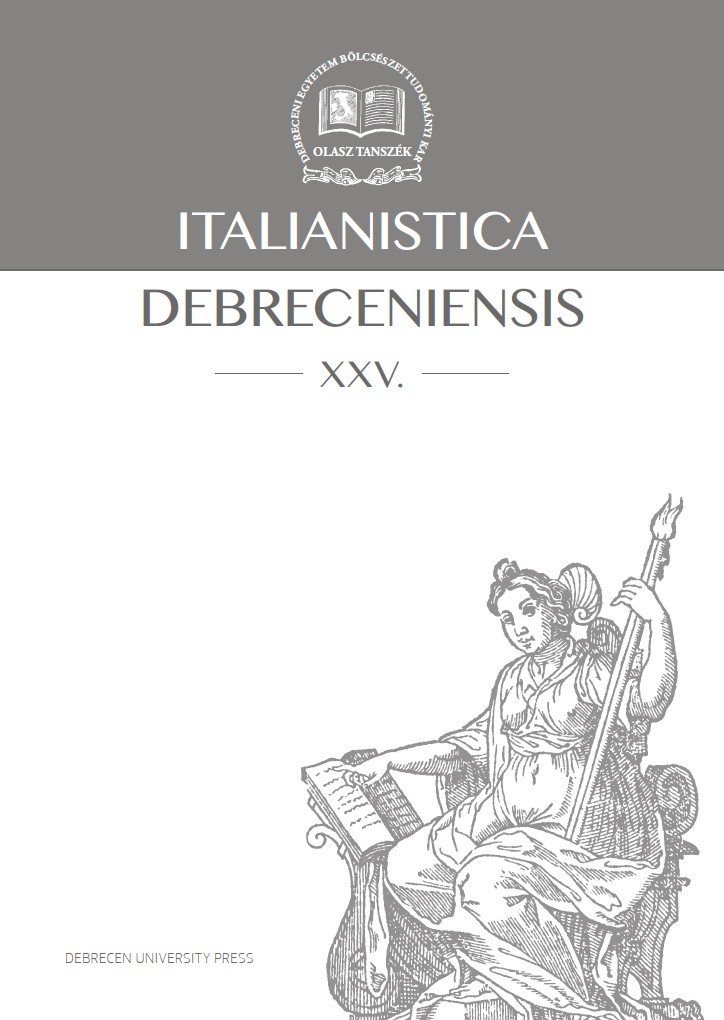Dictionaries, synonymies and usage labels
Author
View
Keywords
How To Cite
Abstract
The extraordinary richness of the Italian language is not always adequately enhanced by dictionaries. In the era of the digitization of the dictionary, while outdated some definitional procedures continue to survive. Present or past participles that also have adjective functions (e.g. nascente) are sometimes defined with the formula “In the meanings of the verb”. The nouns indicating quality, condition or status (e.g. ordinariness) are often defined with the formula “being + basic adjective (ordinary)”. These definitions, whose informative value is practically zero, certainly do not help to the reader. The structure of a dictionary of synonyms is completely different, which must try to guide the reader in the maze of possible lexical alternatives with the aim of helping him to find the most suitable terms to express the different nuances of the same concept. The search for semantic equivalences thus becomes a discovery of the relevant differences that exist between one word and another. Of essential importance in this regard is the function of the usage labels: the distinction between basic words, words of high use, words of high availability and common words, very useful in many areas, is not of great help for a writer interested in information stylistic. The classification by frequency bands does not warn us e.g. that volto is of higher register than faccia, autovettura is of more formal register than macchina, cinematografo in the sense of ‘cinema hall’ is antiquated compared to cinema

 https://doi.org/10.34102/itde/2019/5557
https://doi.org/10.34102/itde/2019/5557